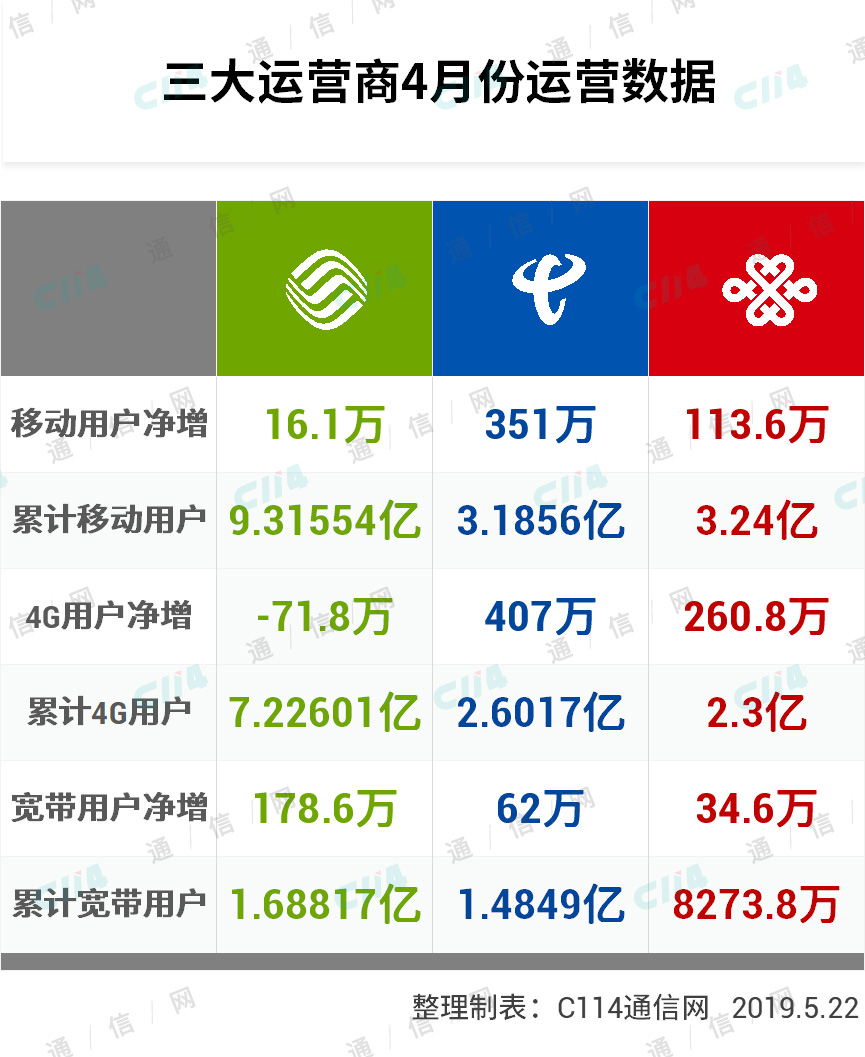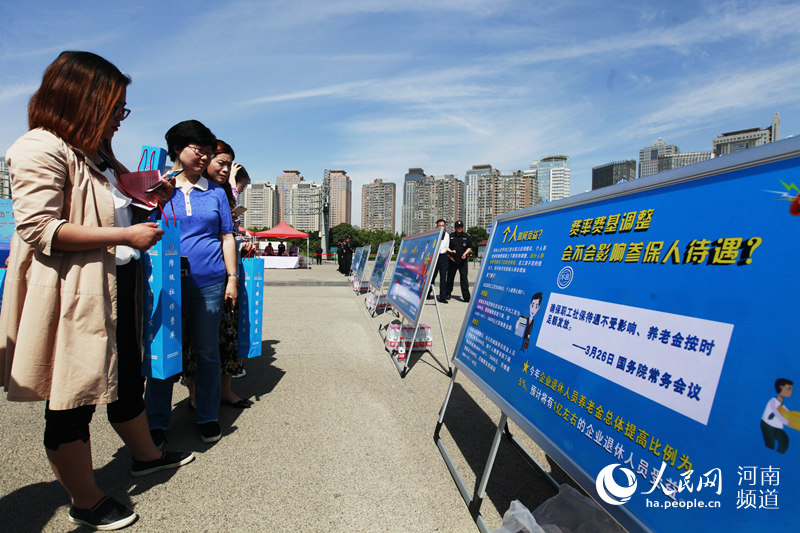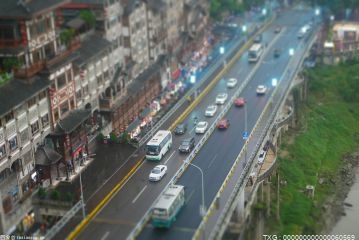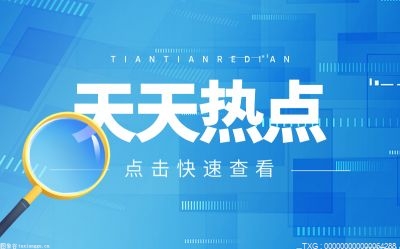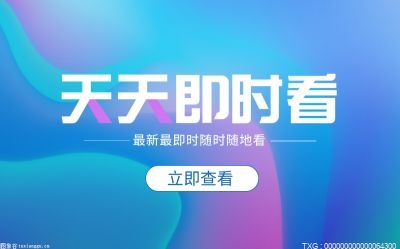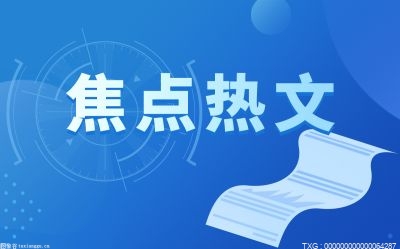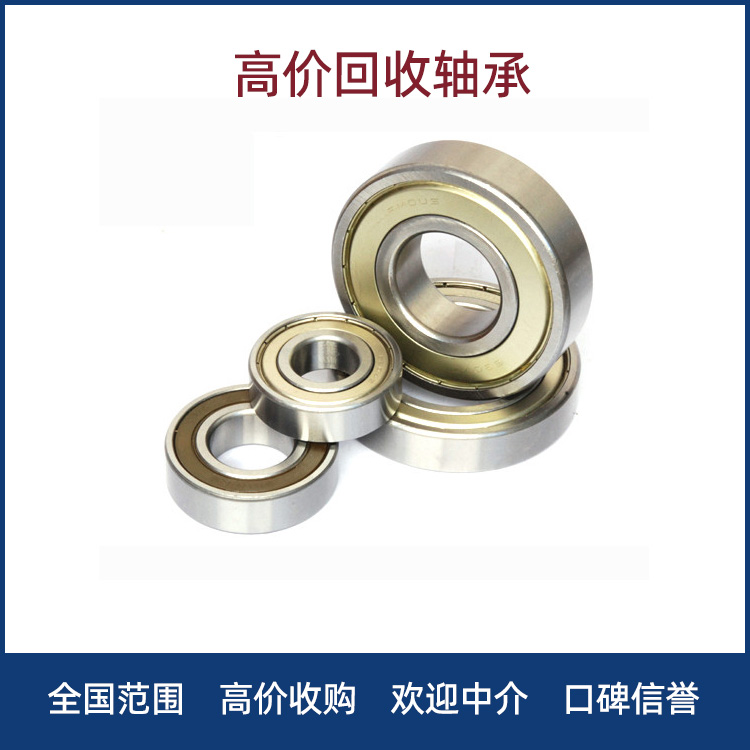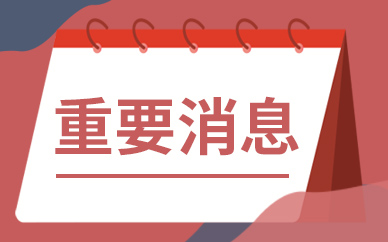前言
最近学到数据可视化到了词云图,正好学到爬虫,各种爬网站【实验名称】爬取豆瓣电影《千与千寻》的评论并生成词云
 (资料图片)
(资料图片)
第一步、准备数据
需要登录豆瓣网站才能够获得短评文本数据movie.douban.com/subject/129…
首先获取cookies,使用爬虫强大的firefox浏览器
将cookies数据复制到cookies.txt文件当中备用,
第二步、编写爬虫代码
#coding = utf-8import requestsimport timeimport randomfrom bs4 import BeautifulSoupabss = "https://movie.douban.com/subject/1291561/comments"firstPag_url = "https://movie.douban.com/subject/1291561/comments?start=20&limit=20&sort=new_score&status=P&percent_type="url = "https://movie.douban.com/subject/1291561/comments?start=0&limit=20&sort=new_score&status=P"header = {"User-Agent":"Mozilla/5.0 (Windows NT 6.1; Win64; x64; rv:57.0) Gecko/20100101 Firefox/57.0","Connection":"keep-alive"}def get_data(html): # 获取所需要的页面数据 soup = BeautifulSoup(html, "lxml") comment_list = soup.select(".comment > p") next_page = soup.select("#paginator > a")[2].get("href") date_nodes = soup.select("..comment-time") return comment_list, next_page, date_nodesdef get_cookies(path): # 获取cookies f_cookies = open(path, "r") cookies ={} for line in f_cookies.read().split(";"): # 将Cookies字符串其转换为字典 name ,value = line.strip().split("=", 1) cookies[name] = value return cookies if __name__ == "__main__": cookies = get_cookies("cookies.txt") # cookies文件保存的前面所述的cookies html = requests.get(firstPag_url, cookies=cookies,headers=header).content comment_list, next_page, date_nodes = get_data(html) #首先从第一个页面处理 soup = BeautifulSoup(html, "lxml") while (next_page): #不断的处理接下来的页面 print(abss + next_page) html = requests.get(abss + next_page, cookies=cookies, headers=header).content comment_list, next_page, date_nodes = get_data(html) soup = BeautifulSoup(html, "lxml") comment_list, next_page,date_nodes = get_data(html) with open("comments.txt", "a", encoding="utf-8")as f: for ind in range(len(comment_list)): comment = comment_list[ind]; date = date_nodes[ind] comment = comment.get_text().strip().replace("\n", "") date= date.get_text().strip() f.writelines(date+u"\n" +comment + u"\n") time.sleep(1 + float(random.randint(1, 100)) / 20)每一页都会有20条的短评,所以我们依次遍历每一页a
第二步,处理爬到的数据,在第一步当中已经将数据存档到了commit.txt文件当中,
# -*- coding:utf-8 -*-import jiebaimport matplotlib.pyplot as pltfrom wordcloud import WordCloud,ImageColorGeneratorfrom scipy.misc import imreadf_comment = open("comments.txt","rb")words = []for line in f_comment.readlines(): if(len(line))==12: continue A = jieba.cut(line) words.append(" ".join(A))# 去除停用词stopwords = [",","。","【","】", "”","“",",","《","》","!","、","?",".","…","1","2","3","4","5","[","]","(",")"," "]new_words = []for sent in words : word_in = sent.split(" ") new_word_in = [] for word in word_in: if word in stopwords: continue else: new_word_in.append(word) new_sent = " ".join(new_word_in) new_words.append(new_sent)final_words = []for sent in new_words: sent = sent.split(" ") final_words +=sentfinal_words_flt = []for word in final_words: if word == " ": continue else: final_words_flt.append(word)text = " ".join(final_words_flt)处理完数据之后得到带有空格的高频词:
第三步、生成词云图
首先安装python的wordcloud库:
pip install wordcloud
在第二步text后面加上下面代码生成词云图
font = r"C:\Windows\Fonts\FZSTK.TTF"bk = imread("bg.png") # 设置背景文件wc = WordCloud(collocations=False, mask = bk, font_path=font, width=1400, height=1400, margin=2).generate(text.lower())image_colors = ImageColorGenerator(bk) # 读取背景文件色彩plt.imshow(wc.recolor(color_func=image_colors))plt.axis("off")plt.figure()plt.imshow(bk, cmap=plt.cm.gray)plt.axis("off")plt.show()wc.to_file("word_cloud1.png") wordcloud作为对象是为小写,生成一个词云文件大概需要三步:
配置词云对象参数加载词文本输出词云文件(如果不加说明默认图片大小是400*200具体的方法上面
wordcloud做词频统计时分为下面几步:
分割:以空格分割单词统计:单词出现的次数并过滤字体:根据统计搭配相应的字号布局:
最后我么可以看到短评当中处理过后的高频词
我们随便照一张图片读取背景颜色
最后生成的词云图就出来了:
到此这篇关于python 爬取豆瓣电影短评并利用wordcloud生成词云图的文章就介绍到这了,更多相关python wordcloud词云图内容请搜索以前的文章或继续浏览下面的相关文章希望大家以后多多支持!

